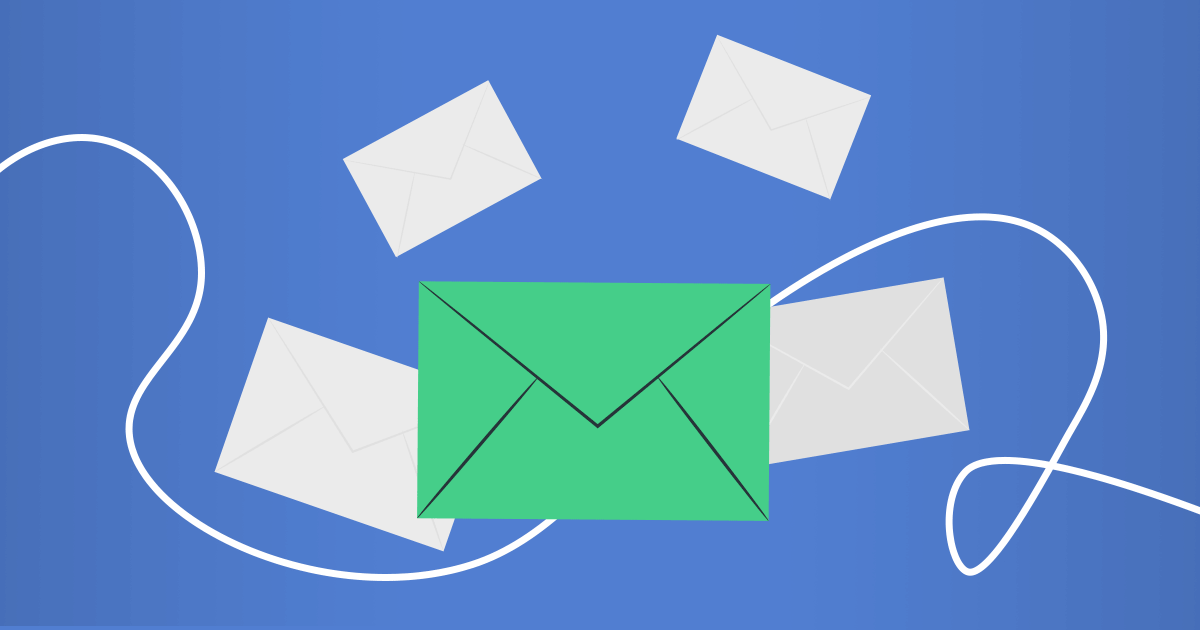This sales email contains CTAs both for men and women. The problem is, it’s longer and contains too many links; therefore, it’s less effective than Nike’s personalized campaign. On the other hand, it might be bold to assume that your customers are only buying for themselves. However, using dynamic content for personalization in sales campaigns can make your email drastically shorter and increase your CTRs. That’s why both variants can work, it depends on your campaign’s goals.
Take into account recipients’ location and time
Imagine that you’re promoting an offline event that will also be streamed online. Will you send the same announcement email to all your subscribers?
In some cases, like the one above, sending non-personalized emails is inconsiderate for two reasons:
- People from other countries and cities are not interested in your offline event.
- People who are interested in your online stream live in different time zones and might get confused if you at least don’t specify your own time zone.
That’s why taking location into account is so important. But here’s one more nuance when it comes to location-based personalization — it’s not just about the email content but also sending time.
Imagine that you have a huge subscribership from all over the world, with a 10-hour time zone range. If you don’t adjust sending time to different time zones, you’ll get, for example, higher open rates in the US and much lower open rates in Eastern Europe. It will mess up your campaign metrics and you won’t be able to estimate its efficiency. And, speaking of customer relationships, ignoring time zones is just rude — your subscribers will feel disrespected by your emails sent at 6 AM.
Consider your clients’ stage in the funnel
We’ve already discussed triggered emails. But you shouldn’t forget the main purpose of automated campaigns, which is guiding your customers down the sales funnel. Personalization in this case means that the process should be similar to a dialogue with a real salesperson, so your customer won’t notice that the email sequence is automated.
The sales funnel consists of 5 stages:
- Awareness. At this stage, your customer only gets acquainted with your brand. Help them by sending warm welcome emails and providing them with email onboarding.
- Consideration. The key objective at this stage is convincing that your product is valuable and it will solve your customer’s problem. Here’s where tailored product or blog article recommendations will help. During the consideration stage, personalization is the most important — your subscribers are not interested enough and they might get off the hook after one clearly impersonal and boring email.
- Conversion. Once you’ve nurtured your subscribership, you need to convince them to buy the product and follow them through the transactional process. This is where automated confirmation and cart/browse abandonment emails will come in handy.
- Loyalty. At this stage, you need to convince your client to stay with you — for example, keep purchasing from your shop or using your app. Various tactics are possible but the bottom line is: keep in touch with your subscribers like they’re your friends. Re-engagement, birthday emails, and many other types of email content help you improve customer loyalty and increase the chance for repeat purchases.
- Advocacy. Turning your customers into brand advocates doesn’t necessarily mean running a social media UGC campaign. For example, you can ask your subscribers for reviews after each completed transaction or implement a referral reward system.
Your marketing strategy should include emails that cover all these stages — and you should personalize emails at every step. For example, let’s take a look at this email from Duolingo.






























